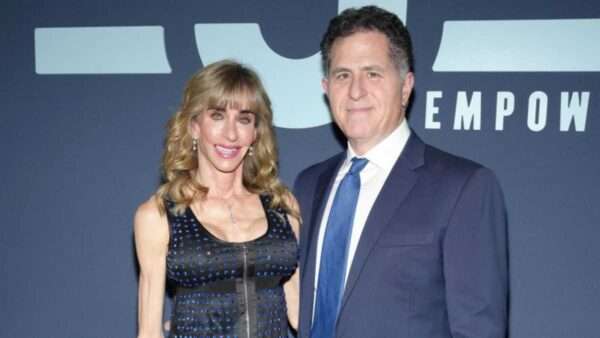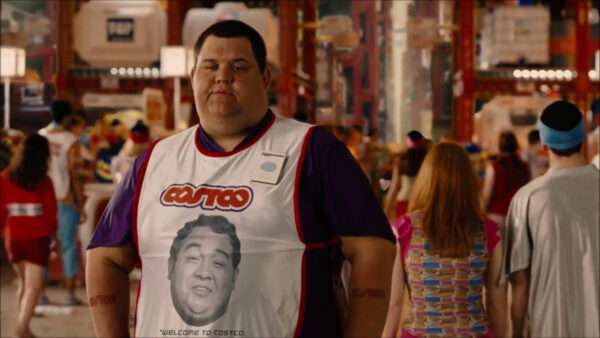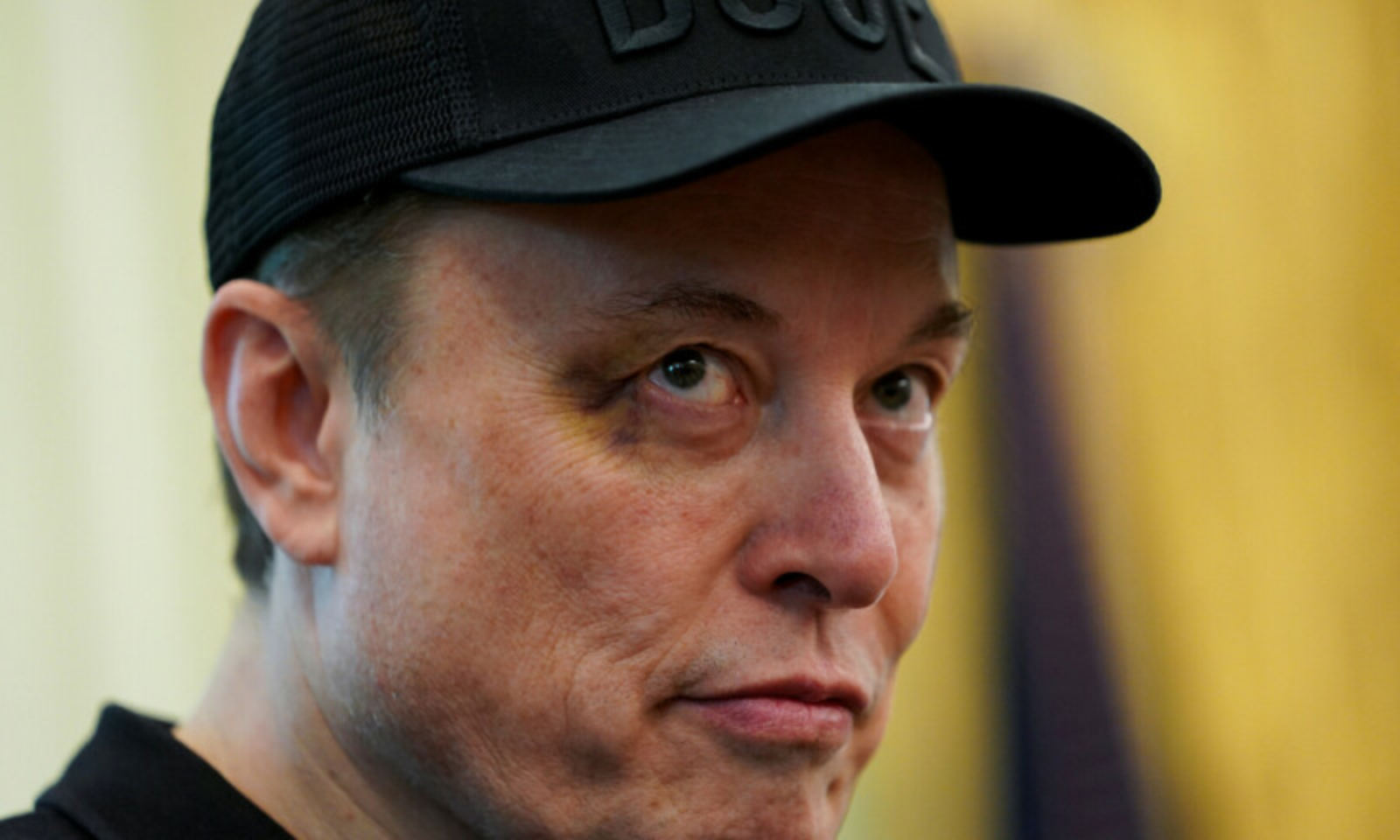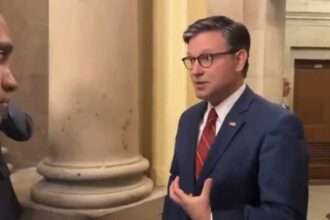As Americans celebrated Labor Day, social media was flooded with posts from politicians wishing their constituents a happy holiday. While these messages aimed to honor the hardworking men and women across the country, they highlighted a glaring issue: the federal minimum wage has not increased since 2009. Despite the rising cost of living, Inflation seems to be the only thing not addressed in these celebratory posts.
The Labor Day Hypocrisy
Labor Day, a holiday meant to honor the contributions of American workers, saw countless politicians taking to Social Media. They shared messages of gratitude and praise for the workforce. However, for many, these posts rang hollow. While politicians expressed their appreciation for workers, they have failed to address the stagnation of the federal minimum wage, which has remained at $7.25 per hour for over a decade.
Since 2009, inflation has eroded the purchasing power of this wage. The cost of basic necessities—housing, healthcare, and food—has surged. Yet, despite numerous opportunities, lawmakers have not taken action to raise the minimum wage. This inaction has left millions of workers struggling to make ends meet.
Inflation Rises, Wages Don’t
The disparity between rising inflation and stagnant wages has created a significant economic strain on many American families. While the cost of living continues to climb, the minimum wage has remained frozen in time. For many workers, the dream of a living wage remains just that—a dream.
Politicians often point to economic challenges as a reason for not raising the minimum wage, but this argument falls flat for those who face the harsh reality of trying to survive on $7.25 an hour. The disconnect between the feel-good Labor Day posts and the economic struggles of workers has only fueled frustration.
Social Media vs. Real Action
The outpouring of Labor Day posts from politicians highlights a broader issue: the focus on optics rather than substantive action. It’s easy to tweet or post a message celebrating workers, but far more difficult to take the legislative steps needed to improve their lives. Many Americans are growing weary of the performative nature of these posts, recognizing them as little more than empty gestures.
The gap between political rhetoric and real action has never been more apparent. As politicians continue to ignore the need for a wage increase, the number of Americans living paycheck to paycheck grows. The disconnect between social media messaging and the reality on the ground is stark.
What’s Next for Workers?
As Labor Day passes and the social media posts fade, the fight for a living wage continues. Workers and advocates are pushing for change, calling on lawmakers to address the growing economic inequality that has been exacerbated by inflation. The question remains: will politicians move beyond tweets and take meaningful action, or will workers have to wait another decade for a raise?
Minimum Wage by Year
- 1938: $0.25
- 1939: $0.30
- 1945: $0.40
- 1950: $0.75
- 1956: $1.00
- 1961: $1.15
- 1963: $1.25
- 1967: $1.40
- 1968: $1.60
- 1974: $2.00
- 1975: $2.10
- 1976: $2.30
- 1978: $2.65
- 1979: $2.90
- 1980: $3.10
- 1981: $3.35
- 1990: $3.80
- 1991: $4.25
- 1996: $4.75
- 1997: $5.15
- 2007: $5.85
- 2008: $6.55
- 2009: $7.25
The minimum wage has been $7.25 since 2009.
Key Takeaways
- Politicians flooded social media with Labor Day posts while ignoring the fact that the federal minimum wage has not increased since 2009.
- Despite rising inflation and the increasing cost of living, the minimum wage remains stagnant, leaving many workers struggling to survive.
- The focus on social media messaging over real legislative action has fueled frustration among American workers.















